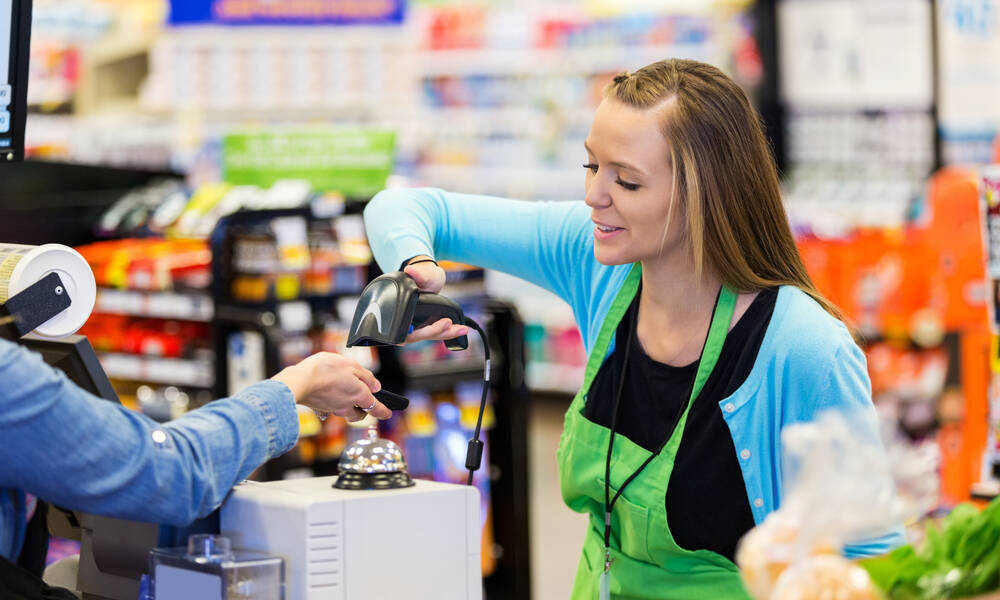
Four Fresh Lessons on Loyalty From Retailers
Retail loyalty programs of all shapes and sizes have become more common, and their many tricks might prove useful for associations looking to borrow some engagement cues.
Association membership has a ton of parallels with retail loyalty programs because of the ways they focus on boosting engagement and encouraging members to take action.
That’s why it’s good to check in from time to time to see what restaurant chains or online clothing sellers are doing to keep customers on their good side—while encouraging broader growth in the process.
Here are a few strategies and insights to keep in mind:
If people are delaying a purchase to fit a loyalty program, switch your strategy. With a member loyalty strategy, it’s worth keeping an eye on how people are actually using your benefits. That’s something the men’s clothing company Mack Weldon did. The online shopping firm’s vice president of performance marketing, Brian Fesen, noted to eMarketer that the company shifted its program Weldon Blue after it found out that some customers were delaying purchases to hit a certain price point for free shipping and a discount. “We think shopping should be simple and straightforward. If you want it, you should be able to get a good deal then and there,” Fesen explained to the outlet. “So, we remove the free shipping hurdle after a customer has placed their first order. And once you spend a total of $200, then you lock in that top-tier 20 percent discount for a full year.”
Improve security strategies if a goal is fighting fraud. Of course, when we’re talking about things like value and commerce, there are always incentives to exploit that value through underhanded means—because protecting consumer data is the ultimate sign of loyalty. PYMNTS.com recently discussed how companies have improved the security approaches to their rewards programs, which often come in app form. Vendors in the space such as ChowNow are working with retailers to add more fraud-prevention offerings, and those with first-party apps, such as the Washington, DC-based chain &pizza, are ensuring that their software does not have access to a user’s financial information. (The pizza chain did this by working with the payment-processing firm Stripe.) Some chains are even using biometrics to help boost security.
Build in new tiers to deepen engagement. Mack Weldon also focuses on building out its program tiers to boost engagement. That’s an approach recommended by Wharton School professor Peter Fader and Wharton Interactive cofounder Sarah Toms, who say that adding tiers that offer higher levels of service could help turn lower-tier customers into lifetime ones. “We think the best approach might be graduating customers from a traditional loyalty program to a genuinely premium offering. There’s no shortage of potential applications,” the authors write in a RetailWire article. “Think of a supercharged version of Amazon Prime with your own personal concierge or a CVS CarePass with delivery in hours instead of days and exclusive customer service contacts.”
Sometimes, a lucrative reward is the sweetest. With all this talk about complex tiers in loyalty programs, sometimes the most effective thing is just giving customers a reward they can use. According to a recent Blackhawk Network survey, 70 percent of online shoppers and 56 percent of in-store shoppers want rewards in the form of gift cards. And if you’re going to give out rewards, don’t make users go through hoops. “People don’t want to wait three to four weeks to receive their reward,” said Alex Barseghian, Blackhawk’s group vice president of sales and marketing retail, in comments to Retail TouchPoints. “We’re in a reality where you can go to Amazon to buy something and get it the next day, so why burn your points on merchandise that won’t be guaranteed tomorrow?”
(SDI Productions/E+/Getty Images Plus)





Comments